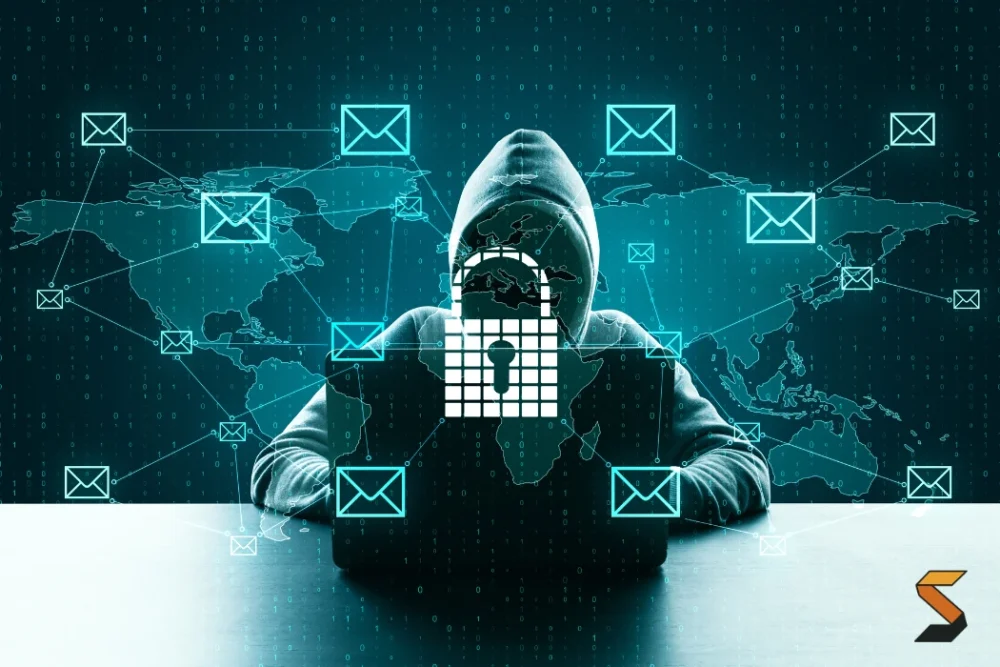The digital age promised a revolution in education, bringing classrooms closer to global knowledge and streamlining administrative tasks. Yet, with every technological leap comes new vulnerabilities. Our schools, the very bedrock of our community’s future, are increasingly under siege. Recent data paints a stark and troubling picture: ransomware attacks targeting educational institutions have surged by a staggering 23% year over year. This is a direct threat to the privacy of our children, the stability of our school systems, and the trust we place in these vital institutions.
According to a sobering report from Comparitech, education has alarmingly become the fourth-most-targeted sector during the first half of 2025. Why are our schools so attractive to these digital marauders? It’s a convergence of factors that, unfortunately, make them prime targets: the rapid acceleration of digitization within educational frameworks, the sheer volume of sensitive student and staff data they hold, and, critically, a concerning lack of robust cybersecurity resources. These elements create a perfect storm, leaving our schools exposed and vulnerable.
Consider this: a March report from the nonprofit Center for Internet Security revealed that an astounding 82% of K-12 schools in the U.S. experienced a cyber incident between July 2023 and December 2024. This isn’t a hypothetical threat; it’s a pervasive reality impacting nearly every school across the nation.
We’ve seen the devastating consequences firsthand. One of the most prominent recent examples involves the widespread compromise of student and teacher data. In May, a 19-year-old agreed to plead guilty to allegedly hacking and extorting PowerSchool, a major student information system provider, for a jaw-dropping $2.85 million. This single incident led to the exposure of sensitive data belonging to a staggering 10 million teachers and over 60 million students. The fallout was immense, with school districts receiving extortion threats and more than 100 school systems filing lawsuits against PowerSchool over the egregious breach. This wasn’t just a digital heist; it was an assault on the trust parents place in schools to safeguard their children’s information, from academic records to health details.
The true scope of this crisis is often obscured. A significant challenge in tracking these cyberattacks is the lack of mandatory disclosure. Incidents aren’t always publicly reported by the targeted organization or even by the ransomware group responsible. This opacity means that figures, like those presented by Comparitech, are likely to evolve as more information emerges and incidents are definitively confirmed. Comparitech diligently labels an attack as “confirmed” only when the impacted organization publicly acknowledges a ransomware incident or a cyberattack that aligns with a ransomware group’s claim. This meticulous approach underscores the understated nature of the threat.
So, how do our school districts navigate this treacherous digital landscape? The path forward requires a multi-pronged, proactive approach. Investing in cybersecurity insurance has become less of a luxury and more of a necessity, providing a critical safety net in the event of a breach. Furthermore, the widespread implementation of multifactor authentication for accessing files is a fundamental preventative measure that adds layers of security, making it exponentially harder for unauthorized individuals to gain access. These aren’t just technical fixes; they represent a commitment to safeguarding the educational environment.
Once a breach is discovered, immediate and decisive action is paramount. Experts uniformly recommend promptly determining what external help is needed, whether from specialized cyber incident support teams or private vendors with expertise in data recovery and forensic analysis. Crucially, law enforcement must be alerted without delay, including the FBI and entities such as the Department of Homeland Security’s U.S. Computer Emergency Readiness Team (US-CERT). While the temptation to simply pay a ransom may arise, the FBI strongly advises against it. Paying ransoms not only emboldens and encourages further cyberattacks but also offers no guarantee that stolen data will be returned or that access to critical systems will be restored. It’s a dangerous gamble that often exacerbates the problem.
The escalating threat of ransomware attacks on our schools is a clarion call to action for parents, educators, and community leaders alike. It demands a collective commitment to bolstering our digital defenses, ensuring that the institutions shaping our children’s minds are not simultaneously compromising their privacy and future. Our children’s data, their learning, and their safety depend on it. This isn’t just about technology; it’s about protecting the very heart of our communities.





